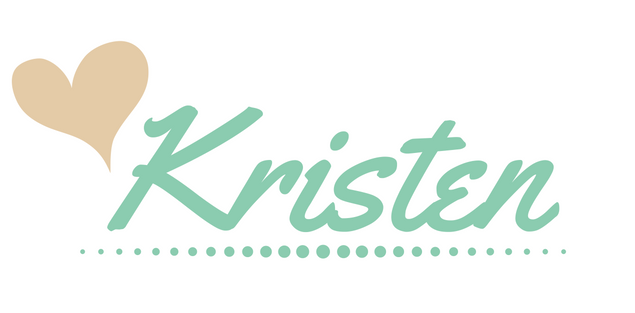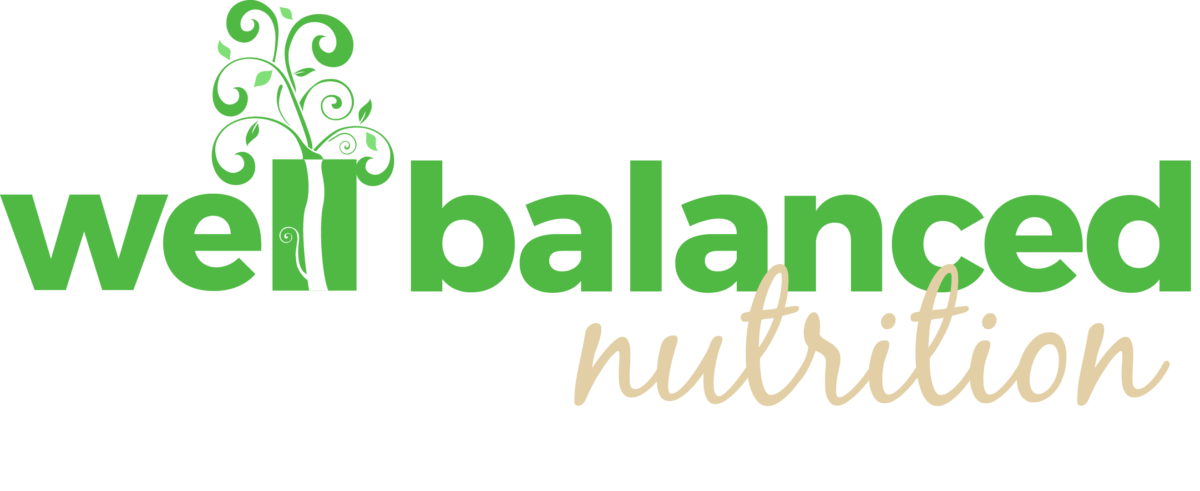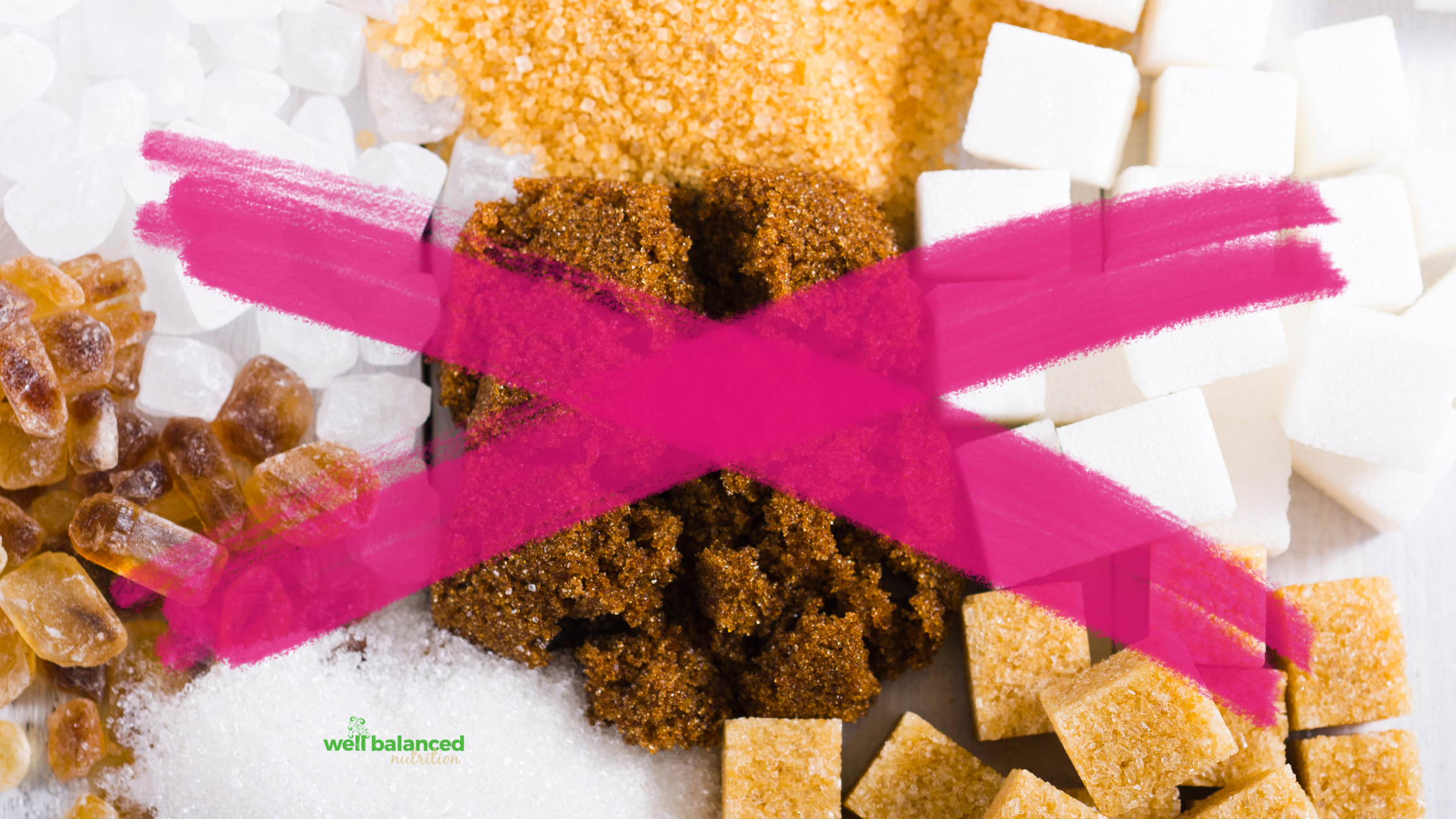We’ve been talking about whole grains this month and this is the last post in this series. If you missed the first 3 posts, you can read them here: Not All Carbs Are Bad: whole grains and heart health part 1, You’ve been challenged | whole grains and heart health part 2, and 4 delicious swaps | whole grains and heart health part 3.
The food industry has definitely caught on to how awesome whole grains are for us and they aren’t shy about boasting the whole grains goodness in their products. The trouble is that between the marketing and super sizing we can be fooled into making the following mistakes.
Mistake #1: Being misled by the front of the box.
Quick story: I used to enjoy grocery shopping…finding all the new foods in the grocery store, leisurely reading labels and so forth. Then I had kids. Now grocery shopping is different. I get in and out as quickly as I can. I still read all the labels but it’s more exhausting than exciting. So, the other day I was grocery shopping with the kids and I picked up this spaghetti. We had already been in the store too long and the kids were getting antsy so I didn’t have time to truly analyze things until I was home.
When something says 100% whole grain, that’s a good sign. But what I didn’t notice that day at the store was it said 100% durum wheat which is NOT the same as 100% whole wheat. Ugh. I got tricked! In the picture below you can see the difference, but unfortunately for me, I missed the one that said whole wheat until I went back to the store another time. This goes to show, you must have a keen eye for reading the food labels. Be careful not to get thrown off by things that appear to be something that they are not.
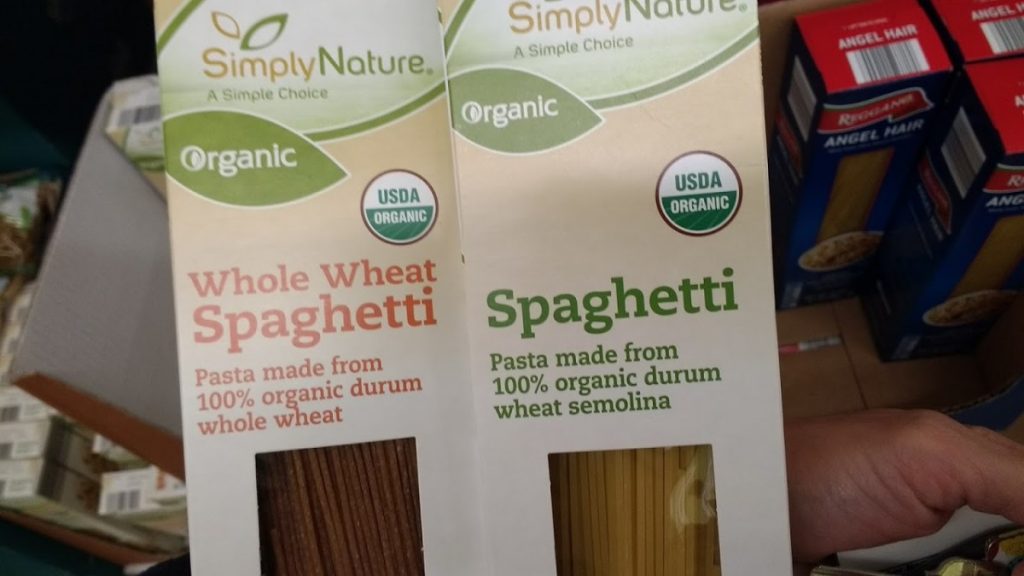
Mistake #2: Assuming all foods that contain whole grains are healthy.
According to Harvard’s Nutrition Source website, one study revealed that the whole grain stamp isn’t a good way to identify healthy whole grains.
 “The stamp, while designed to steer consumers towards healthy whole grains, actually identified products that were low in trans fats but higher in sugar and calories than whole grain foods without the stamp.“
“The stamp, while designed to steer consumers towards healthy whole grains, actually identified products that were low in trans fats but higher in sugar and calories than whole grain foods without the stamp.“
The FIX for the first two mistakes: First, we encourage you to embrace more natural whole grains. As for bread and packaged items, the ingredient list is the best place to gather your information, not the front of the package where marketers try to entice you with health claims or this fancy stamp. Look for whole grains that are high in fiber and with few ingredients. The first ingredient should say “whole.” Ideally, the item should not have many added sugars.
(Mini commercial break: We help our clients do this kind of label reading at the store! Ask about our grocery store sessions.)
Mistake #3: Eating too much… because whole grains are good, right!?
Well, yes but size still matters. There is such a thing as too much of a good thing. We all know that eating a ton of bread is not good for us, so this visual way of thinking about portion sizes can be really helpful. You wouldn’t eat more than 2 slices of bread at one meal, right?
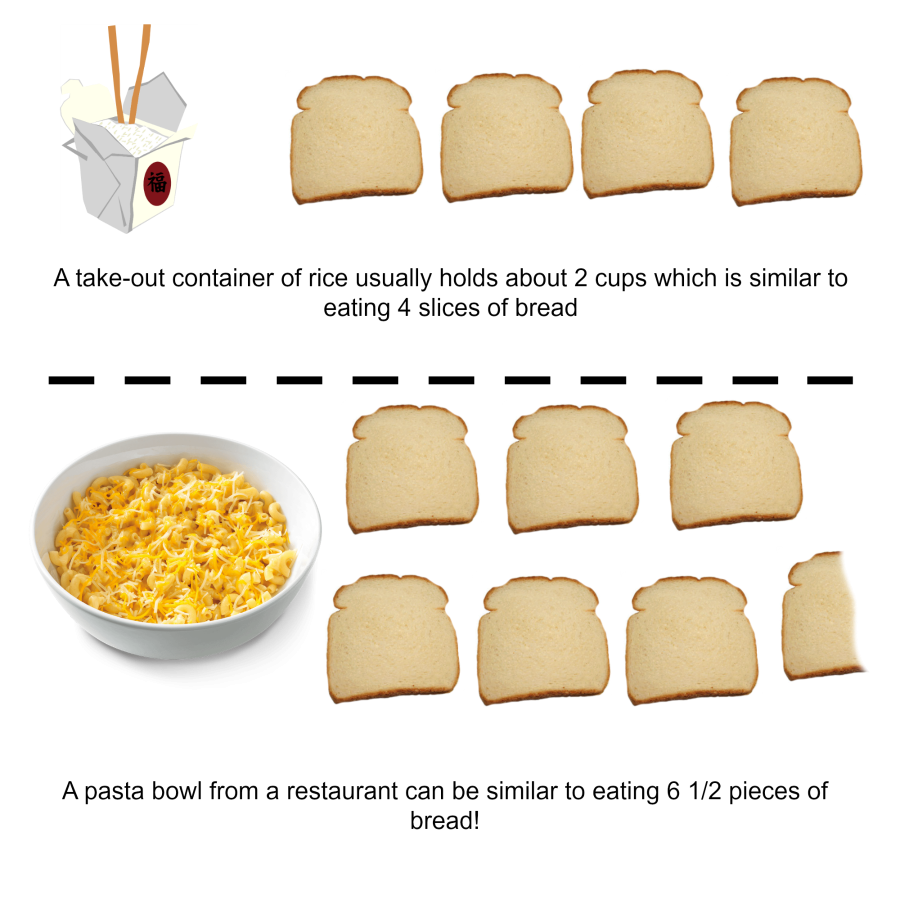
The FIX: Keep your portion sizes small with whole grains, 1/2 cup is usually a good place to start when it’s balanced out with other foods. Start small on your plate and always listen to your body. Let it tell you to get more or to stop eating.
FOOD FOR THOUGHT: Well-balanced eating can be tricky. We all make mistakes!
What was your biggest take-away or ah-ha from this whole grain series?
What is one thing you can apply to your life today?
Ready to take the next step on your wellness journey?
Let’s make it simple and fun together! Join the Well Balanced Nutrition community for personalized tips, practical strategies, and a little extra motivation to reach your health goals. Click here to schedule a free consultation or sign up for our weekly recipes to stay inspired!
